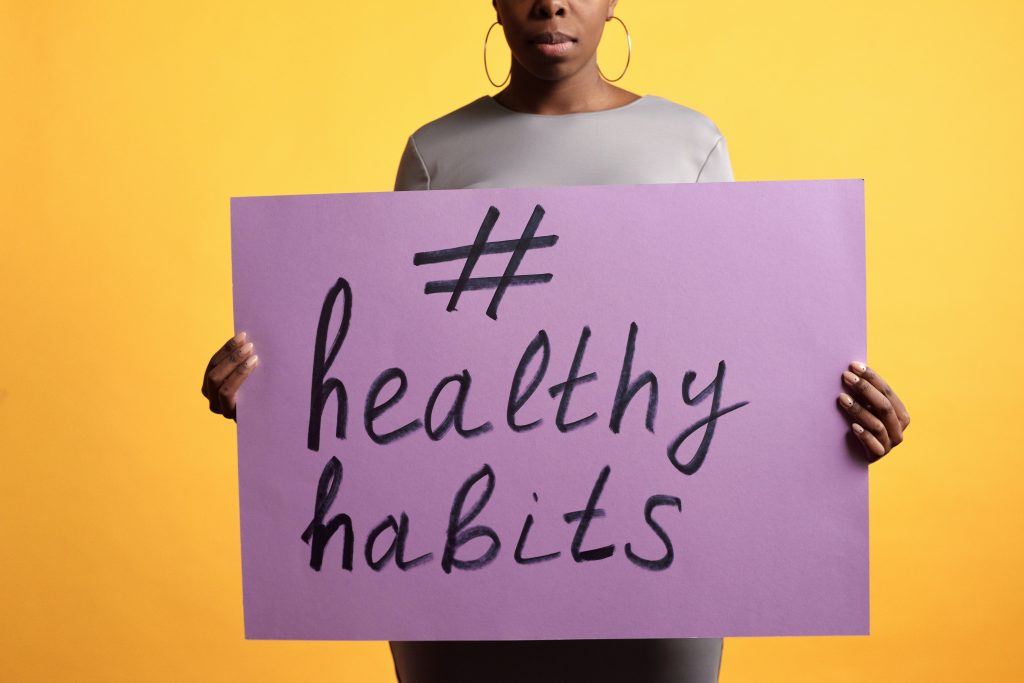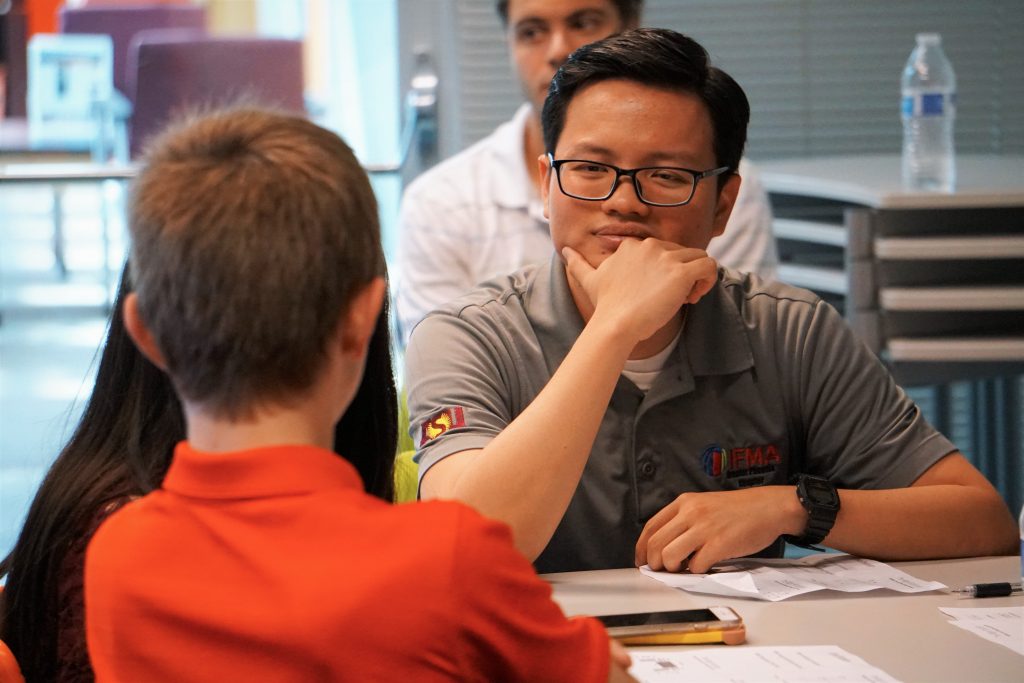How do I help my child break a bad habit?
March 23, 2021
Breaking a Bad Habit is Hard for Anyone
 A “bad” habit usually refers to something that a person does that is not beneficial for their life in some way. Everyone has multiple bad habits at any given time in their life, and it would be good if they could break them. However, it’s impossible for anyone to stop all bad habits at once—that would mean someone could become perfect instantly. he key is to find the right bad habit that a person is capable of breaking right now.
A “bad” habit usually refers to something that a person does that is not beneficial for their life in some way. Everyone has multiple bad habits at any given time in their life, and it would be good if they could break them. However, it’s impossible for anyone to stop all bad habits at once—that would mean someone could become perfect instantly. he key is to find the right bad habit that a person is capable of breaking right now.
Breaking a habit is difficult for anyone—even adults. A person usually forms bad habits because they are easy, fun, or both. Thus, the first thing to keep in mind before you embark on helping a child overcome a bad habit is to make sure you can stay patient. This is the most important key to helping a child overcome a bad habit.
4 Steps to Breaking a Bad Habit
There are 4 key steps to breaking any unwanted habit:
- Accepting the bad habit.
- Finding something to replace the bad habit.
- Getting support to continue progressing.
- Patience from others and themselves.
These four steps are necessary to ensure that a bad habit is broken. In this article, we will review each one.
1 – Accepting the Bad Habit
The first and most critical step for a child to make to overcome a bad habit is recognizing and accepting that it would help them to change. If a child isn’t willing to stop a habit, then there is no way as a parent or leader that you can help the child break the habit.
One of the biggest mistakes adults make in helping children is we think we can help them overcome a bad habit through our own force or actions. We can temporarily stop a child from doing something—for example, taking away a phone so they don’t look at their social media, or threatening them with being grounded if they don’t stop chewing loudly. If children don’t understand these punishments and they are being forced, then the bad habit is still within them. When no one is looking, or when they get their phone back, the bad habit will return.
The only way our actions are beneficial is if the child understands and accepts them. If not, we are not helping the child. We are only stopping an action temporarily, and it will come back as soon as the child gets their freedom. The issue is not a physical issue, it is a mental issue. If a child is ever going to break a bad habit, it requires understanding—a mental shift in order to change the physical behavior.
2 – Finding Something to Replace the Bad Habit
 Once a child accepts they have an issue, 80% of the battle is over. Step 1 is the most difficult. Step 2 is a lot easier. For most habits, you cannot focus on stopping it—you must focus on replacing it with something else or doing it a different way. This will make it easier to stop the bad habit.
Once a child accepts they have an issue, 80% of the battle is over. Step 1 is the most difficult. Step 2 is a lot easier. For most habits, you cannot focus on stopping it—you must focus on replacing it with something else or doing it a different way. This will make it easier to stop the bad habit.
For example, if you are trying to get a child to stop drinking a soda before their track and field event, it is easier to give them a sugary sports drink than to take away sugary drinks entirely. It is always easier to replace a habit than it is to stop it outright.
It is not enough for a child to know that they need to change a certain habit, they need to know what to change it to. Luckily, this is something that a parent or leader can help with. Sometimes a child will not have enough experience to know their options or possibilities. A parent/leader’s job is to help the child discover alternatives to their bad habits.
3 – Everyone Needs Support
The main role of the parent and leader is to support to the child however possible. Sometimes the best support is just listening to the child. Other times, it might be to give advice and mentor them. And other times, the child might need your resources, time, or talents.
This is where the parent and leader must be flexible and observant. A child might not know what they need you for, or they might not know how you can help. It takes the mind of an adult to see how they might be most supportive.
4 – Patience
 When we listen to a child talk about things or express their frustrations, we see the issue more clearly because we are adults. The challenge is resisting the urge to try fix the problem right away. A child might be causing their own issues but they don’t need someone to tell them that, they just need someone to listen to them. As their support, we need to have the discipline to do this. This requires adults to drop their expectations and accept the child’s pace of learning and development.
When we listen to a child talk about things or express their frustrations, we see the issue more clearly because we are adults. The challenge is resisting the urge to try fix the problem right away. A child might be causing their own issues but they don’t need someone to tell them that, they just need someone to listen to them. As their support, we need to have the discipline to do this. This requires adults to drop their expectations and accept the child’s pace of learning and development.
The child always has to be the center of attention and we must always remember we are catering to them. If we don’t do this, our efforts might go to waste. This is why having patience is the final step—it’s required in all other actions when working with a child.
This comes with a caveat. Parents and leaders should do whatever they can to let a child progress on their own, but there are two critical times when we must intervene. First, if intervention is critical if a child’s health and safety is at risk. Second, if being patient is causing you too much discomfort or stress, it’s best that you intervene for your own well-being.
Five Things you Can Do to Help A Child Break a Bad Habit
Here are five things parents and leaders can do to help a child overcome a bad habit:
- Talk with the child and find out what the child believes is a bad habit and needs to be changed. (Make sure they truly believe they need to change it. Many times, they might agree with you, but in reality, they don’t understand how it is a bad habit.)
- Give them ideas on a “replacement” for the bad habit. (There is no better way to help a child than finding something they will enjoy more that they can replace that bad habit with.)
- Listen to the child. (This is usually the best thing a parent or leader can do.)
- Don’t do anything. (Sometimes there is nothing you can do but be patient and wait.)
- Do what you can to create a good environment. (There are many things you can do around the child to make life easier for them while they figure out how to change.)
Cover photo by: Moe Magners from Pexels
About the Author
Read more about Dr. Jacob’s latest book.
Dr. Jacob Kashiwagi is business management consultant and acting Chairman of the Board for Leadership Society of Arizona. Dr. Jacob has worked on 1,100+ industry projects valued at $3.6 billion with a 95% success rate. He has taught over 1,300 college students and 2,500 high school students.

